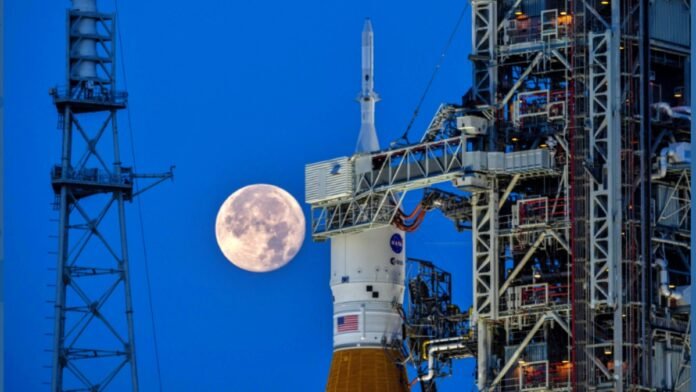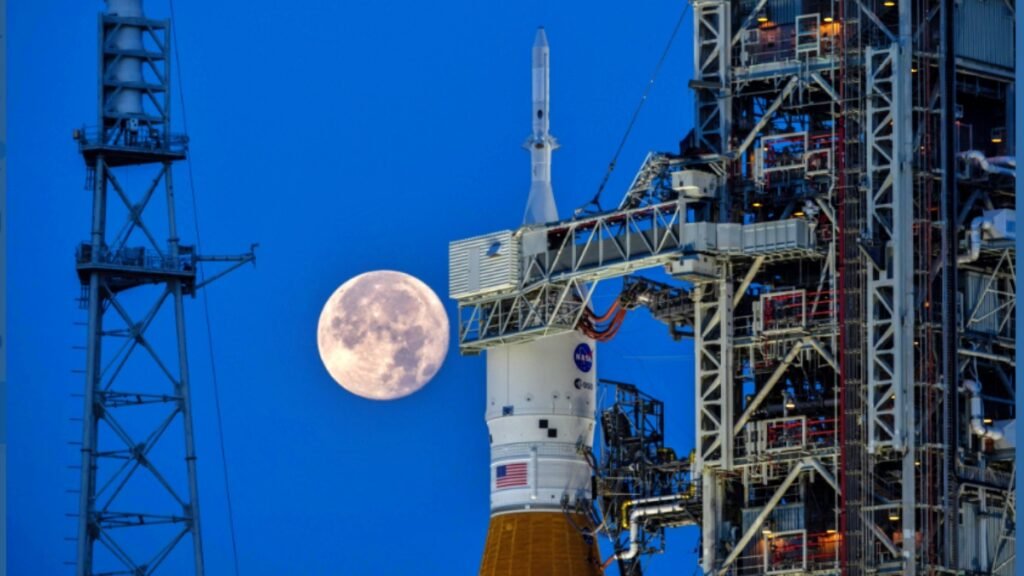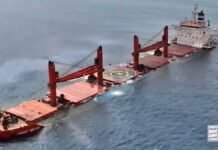
Washington: The US space agency NASA is now preparing its giant New Moon rocket for the first flight. The rocket, known as the Space Launch System (SLS), is being taken to Pad 39B at the Kennedy Space Center in Florida for its scheduled flight on August 29. This will be a debut outing test, in which there is no crew, but in future missions, NASA will send astronauts back to the moon with the help of this aircraft.
The vehicle being used to bring this huge 100-meter-long rocket to the launching pad is traveling its distance at a speed of just one kilometer per hour. According to the BBC report, it may take 8-10 hours to complete this 6.7 km (4.2 mi) journey. According to NASA, its large size helps in generating large energy. The SLS produces 15 percent more thrust than Apollo’s Saturn V rocket. This extra tremendous thrust will help the vehicle not only send astronauts far away from Earth but in addition, more equipment and cargo will allow the crew to stay away from Earth for longer periods.
Its crew capsule is also a step up in capacity. The capsule, called Orion, is much more massive than the historic command module of the 1960s and 70s, being much wider. NASA has said that through this mission they will land the first woman on the moon. The space agency further said that as soon as SLS reaches its launch pad, engineers will have only one and a half weeks to prepare. NASA has fixed August 29 as the day for the test flight. Also, the days of September 2 and September 6 have been kept on standby.

Heat tolerance test
This rocket will go around the Moon and enter the Earth’s atmosphere, where the rocket will be crashed in the Pacific Ocean, away from California. Through this test, NASA will also examine the effect on the heatshield after the rocket enters the Earth’s atmosphere. After passing the test, NASA will start preparing for its mission to the moon.
European countries included
More than ten countries in Europe are also involved in this mission with NASA. In this NASA mission, Europe is working on the propulsion module of the rocket, which will help to push the rocket up. Sean Cleaver of aerospace manufacturer Airbus told the BBC that more than 10 countries in Europe are working with the European Space Agency. The module that Europe’s Space Agency is working on will help the rocket reach the moon.

















































